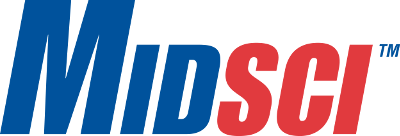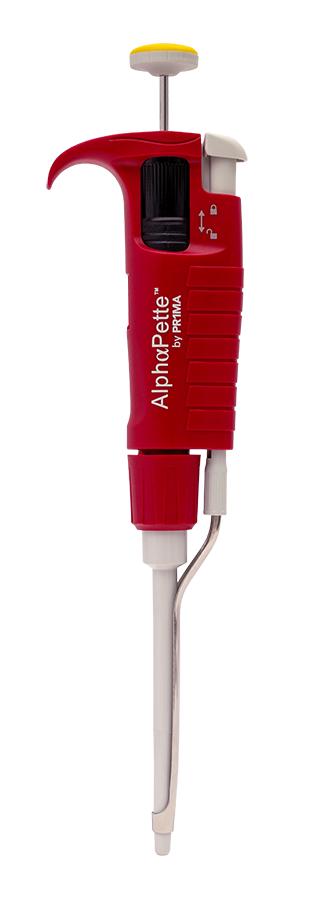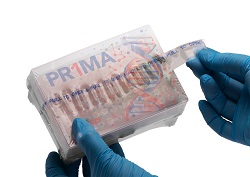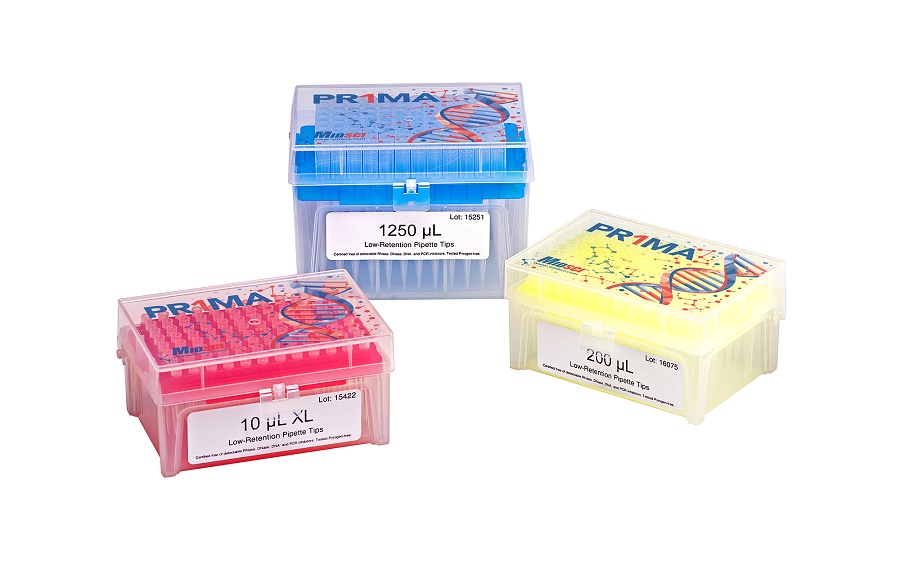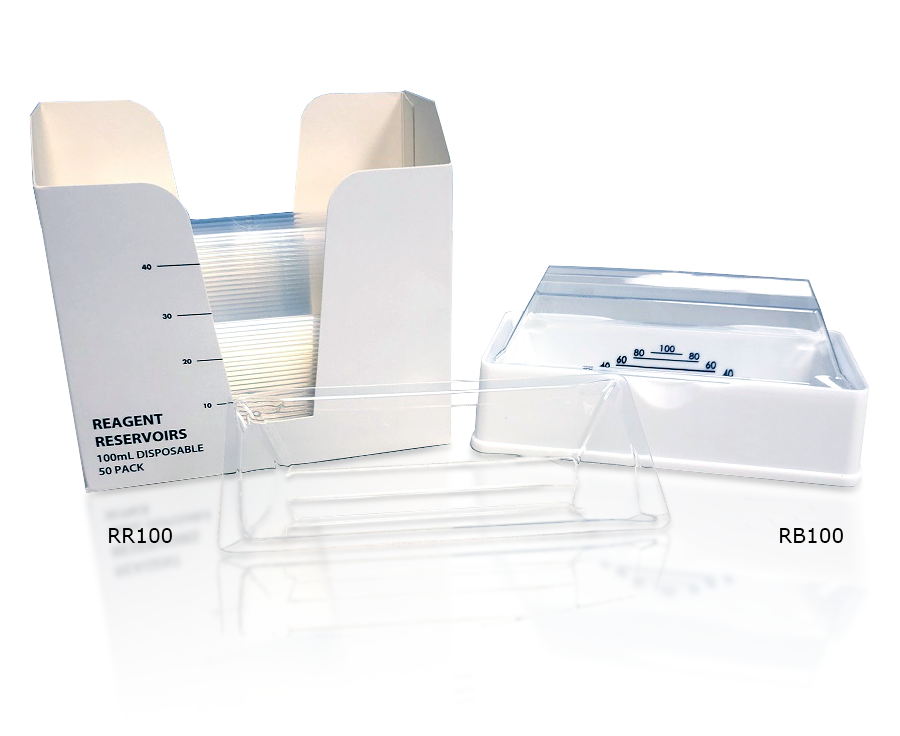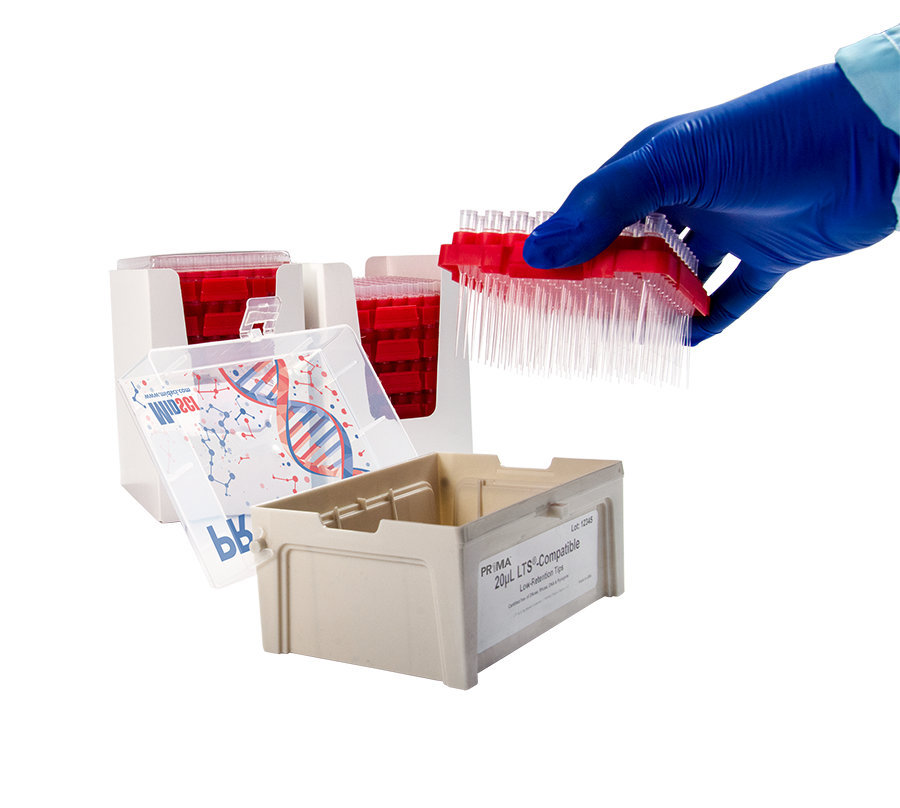 S2K Commerce - Products Dropdown
S2K Commerce - Products Dropdown
 S2K Commerce - Shopping Cart
S2K Commerce - Shopping Cart
 S2K Commerce - Order Entry
S2K Commerce - Order Entry
96-Well PCR Cooler

Discover the quality and reliability you've come to expect from MIDSCI,
AlphaPette™ is now brilliantly rebranded as AlphaPette™ by PR1MA™.
Next time you order an AlphaPette™ you can expect the same great product, under a new name!
AlphaPette™ Plus 8-Channel Pipettor
- Superior accuracy and reproducibility
- Lightweight and balanced for comfort
- Lower plunger forces reduce strain
- Curved ejector bar lessens ejection forces
- Universal shaft will accept most pipette tips
- Tip ejector is adjustable and removable
- Continuously adjustable Vol selection with thumbwheel or plunger
- Fully autoclavable
- 3-Year Warranty
These precision pipettes are designed for exceptional comfort and accuracy. Lightweight and well-balanced, they fit comfortably in either the right or left hand with the large digital display visible to the user. Chemically resistant, maintenance-free seals and finely polished pistons provide unsurpassed accuracy sample after sample.
The continuously adjustable, digital micrometer is slightly recessed to prevent unintentional change and is protected from the effects of thermal expansion by the insulated body of the pipette. For convenience, Vol can also be adjusted by turning the push button. Ergonomically positioned, the tip ejector reduces fatigue during prolonged use.
The AlphaPette™ Plus Pipettes have a universal shaft that will accept most pipette tips. The tip ejector is adjustable to accommodate various styles of tips and is removable for pipetting into narrow tubes. Made from stainless steel, it will not rust, corrode, or break. The AlphaPette™ Plus Pipettes are fully autoclavable.
The AlphaPette™ Plus 8 Channel Pipettors work great with the PR1MA Low Retention Pipette Tips & PR1MA Low Retention Barrier Tips.

